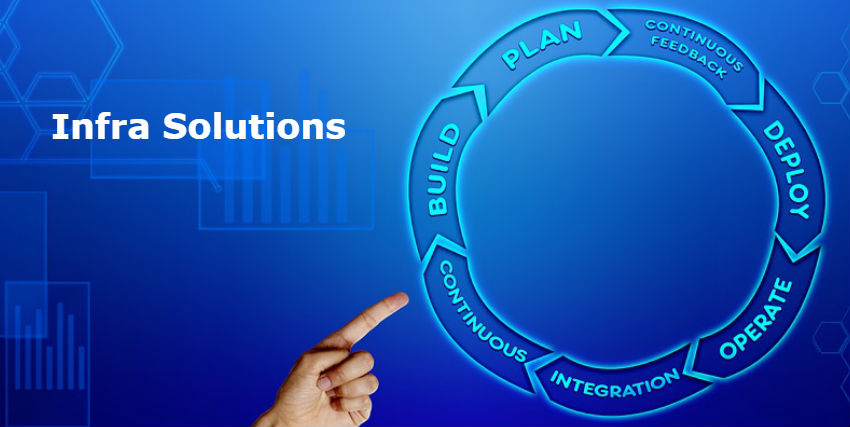Software developers are utilizing new technological developments to build new applications for the organization. The new applications require modern infrastructures that would effectively maintain the mobility and security. Enterprises are adopting modern technological development like cloud and IoT without implementing infrastructure to manage the applications.
The rate at which developers are adopting new technology to create new applications, by 2025, around 70 percent of the IT infrastructure will be unable to support the business. The research also predicted that only 75 percent of the IT organizations will have a team with the right skills and working practices to support the IT operations requirements in the next two years.
David Cappuccio, a research vice-president at Gartner “The infrastructure you have today won’t support the needs of business tomorrow. IT infrastructure will depend on mobility and you should be in the infrastructure business rather than data center business. The future IT infrastructure should be faster, leaner, smarter and less costly.”
Business challenge organizations face today will be different what the IT infrastructure might see in the future. The freedom for the development team to adopt new tech without being concerned about the infrastructure support is imperative. Diversity and agility are important to seek new development verticals. Governance should be structured in a way that all the development can fit into it.
According to the Gartner, 50 percent of the data generated will be from outside sources. Such as corporate IoT devices and applications along with edge computing devices. It will offer opportunity as well as challenges for the current IT infrastructure to manage the data.
A major challenge for the organizations is finding the potential talent with right kind of experience, aptitude or potential. Infrastructure will form the skeletal of future development challenges for the organization. Reskilling and hiring the talent from the pool of diversified verticals will help in implementing the future technological demands. Download a whitepaper on IT Infrastructural Solutions.
Before we study different challenges in details, we need to understand two potential outcomes that arising from the development in IT infrastructure.
1. Function-as-a-service will create a potential for development that will simplify the IT infrastructure and free-up the IT talent to focus on strategic needs.
2. A complex interconnection of micro-services that is derived from the legacy infrastructure.
It might seem to be an easy choice for many IT organizations that are looking to adopt the new IT infrastructure as they plunge towards a cloud computing model. As organizations adopt the new infrastructure a right mix of complexity and standardization is required to induce flexibility and accessibility. Cloud computing will add a new dimension of containerizations of apps with compostable business applications.
Complicating the Infrastructure
Cloud offering infrastructure-as-a-service can present you with loads of choices. The choices have added a major complexity to the network infrastructure. The complexity for many organizations is to answer the choice that can be adopted by the company. The cloud providers have a capacity to deliver all kinds of services that organizations require to make their applications end-to-end durable. With the addition of agile technology, a continuous integration of new tech can be made simple. Cloud also offers micro-services and containerization for easy app management. The complexity is the choice to adopt an infrastructure that can provide with given services and reduce the dependency.
An infrastructure challenge every organization faced can be solved if we added standardization along with simplifying the process. The need to develop APIs that can be easy enough and powerful for the developers to build any reliable cloud-native infrastructure that can help organizations set up the infrastructure model without any external interference.
Cloud vendors are looking towards reducing the complexity with enabling people to build software tools without any constraints on infrastructure. The added benefits are the user can compose any application and machine learning on a cloud without the need for a new developer contract. Vendors are making an effort to simplify the infrastructure through investment in containerization and server-less. Simplifying the current IT infrastructure to help businesses concentrate on building services for tomorrow.
To know more about Infra Solutions, you can download our whitepaper.












